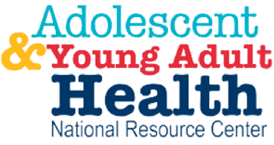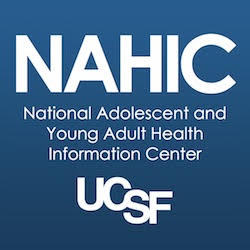CDC Grand Rounds- Adolescence: Preparing for Lifelong Health and Wellness
Adolescence is a critical stage of development during which physical, intellectual, emotional, and psychological changes occur. While adolescence is a relatively healthy period of life,...
 University of California San Francisco
University of California San Francisco



